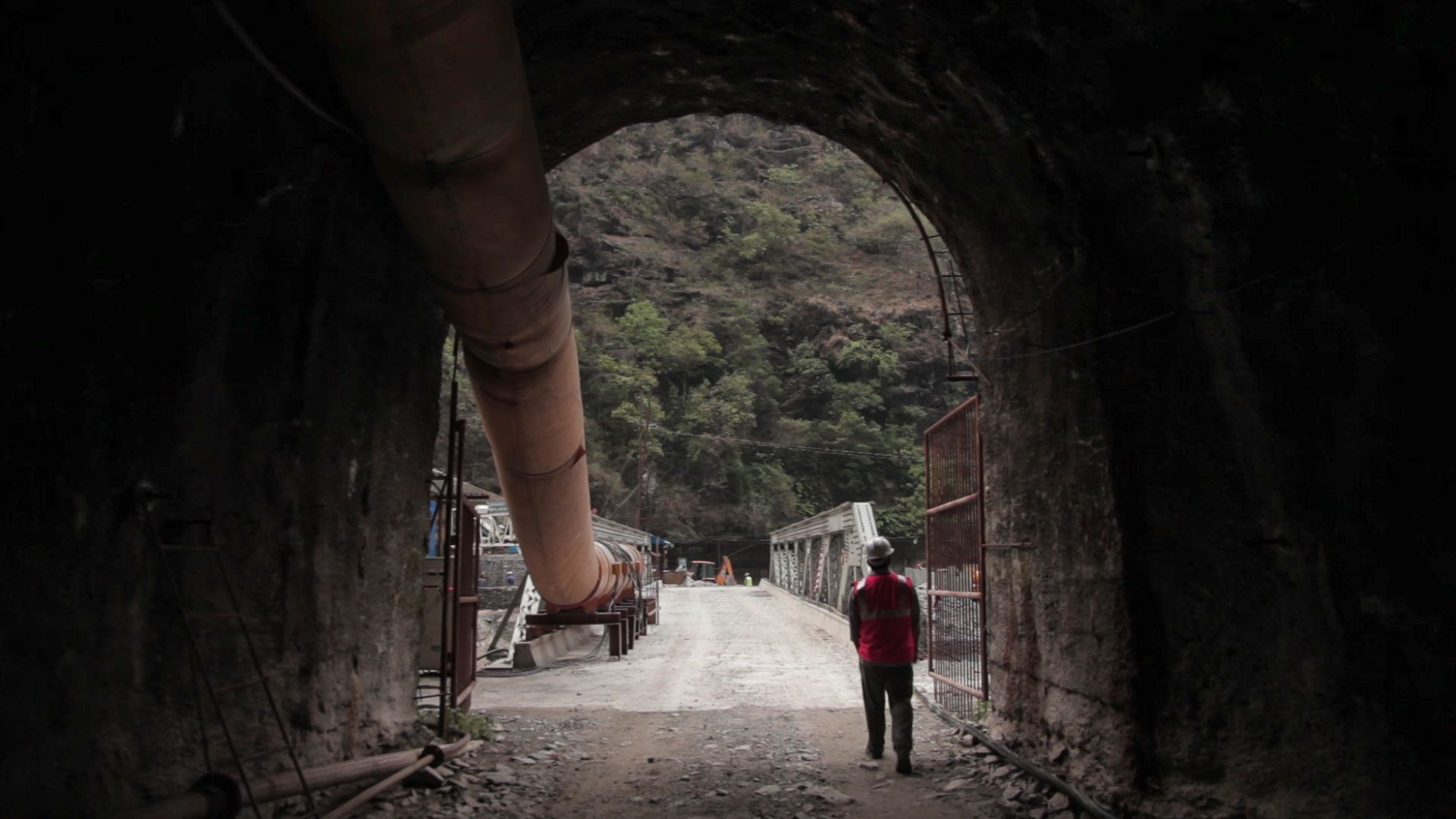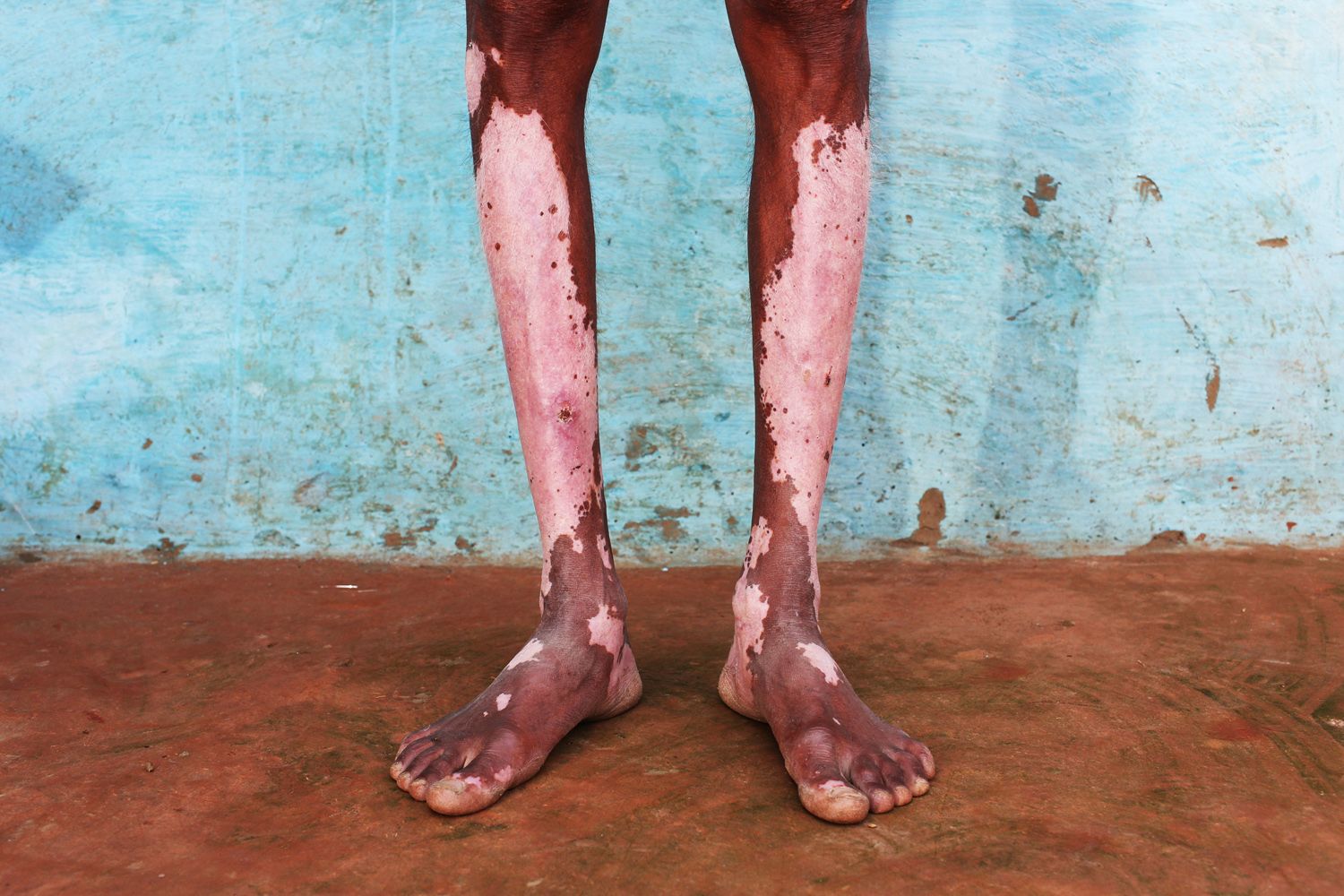Objective:
You will be able to analyze the central ideas of four reports on international water issues in order to provide summaries of each report and create persuasive writing advocating for more public attention to water issues
Warm-up:
1. Make a list of all of the ways you have used water today.
2. Work on your own, or with a partner, to make a list of ways that water was used on your way to school today. How is water used as part of your transportation, the maintenance of your school building and the running of the shops you go to everyday? Click here to look at how water is generally used as part of daily lives around the world.
3. Almost all of the water we use as part of our daily lives is freshwater. While 70 percent of the world is made up of water, only 2.5 percent of that is freshwater. Where does the fresh water you use come from? Make a list of predictions, and then check your answers using a Google search.
4. Working on your own, or with a partner, write at least three responses to the following questions:
- Where is water being wasted in your community?
- Where is more water needed?
Introducing the Lesson:
The United Nations (UN), an international organization made up of 193 member states that meets to discuss action on world issues, declared March 22nd to be World Water Day in 1993. World Water Day was established to bring light to water-related issues in the world, and each year the UN identifies a different focus area. In 2016, the World Water Day focus is Water and Jobs.
Learn more about the 2016 World Water initiative by watching the official World Water Day trailer and reading the description below from the UN’s website:
“Today, almost half of the world's workers - 1.5 billion people - work in water related sectors and nearly all jobs depend on water and those that ensure its safe delivery. Yet the millions of people who work in water are often not recognized or protected by basic labour rights. The theme in 2016 — water and jobs — is focusing on how enough quantity and quality of water can change workers' lives and livelihoods - and even transform societies and economies.”
In celebration of World Water Day, today you will explore four reporting projects covering water issues around the world in order to determine ways that you and others around the world could work to conserve freshwater:
Introducing the Resources:
1. Before reviewing each resource, use the titles below to write predictions of what you think the journalists’ reporting will be about in each story:
- Vanishing Groundwater by Steve Elfers and Ian James
- Drinking the Northwest Wing: China’s North-South Water Transfer Project by Sharron Lovell
- Nepal: Waiting for Water by Pierre Katar
- India: The Toxic Price of Leather by Sean Gallagher
2. Review each resource and answer the questions attached for each resource.
3. Use your responses to the questions as part of a discussion comparing and contrasting the water issues facing the communities you investigated today. Consider the following: How do the water issues facing these communities compare to water issues facing your community? How are your actions, and the actions of your community, connected to the water issues you see in these reporting projects?
Extension Activities:
1. How do the projects you reviewed today connect? Write a short essay comparing and contrasting the reporting projects that you reviewed today. Conclude your essay by using details from the texts to suggest solutions for combatting water issues worldwide.
2. How would you summarize one of the issues you read about today? Pick one issue you read about today and come up with three 140-character tweets that raise awareness about to the issue. Use details from the text to identify what content will create the most compelling tweets. Send your tweet out and attach the hashtag #worldwaterday and handle @pulitzercenter.
3. Create a plan for reporting on a water issue in your own community. Your plan should include a title for your project, a list of sources you would need to interview and a brief description of what you hope to uncover in your reporting.
CCSS.ELA-LITERACY.RI.9-10.2
Determine a central idea of a text and analyze its development over the course of the text, including how it emerges and is shaped and refined by specific details; provide an objective summary of the text.
CCSS.ELA-LITERACY.RI.9-10.7
Analyze various accounts of a subject told in different mediums (e.g., a person's life story in both print and multimedia), determining which details are emphasized in each account.
Introducing the Lesson:
The following World Water Day lesson plan and classroom resources ask students to investigate four Pulitzer Center reporting projects that cover international water issues. The projects look at the following:
- Vanishing groundwater reserves in four countries
- The human impacts of China's South-North Water Transfer Project
- A water tunnel project in Nepal that is seven years behind schedule
- Water pollution from the leather tanning industry in India
Through writing and discussion, students also reflect on how they use water, and how their use of water directly connects to the lives of people in other countries.
Objective:
Students will be able to analyze the central ideas of four reports on international water issues in order to provide summaries of each report and create persuasive writing advocating for more public attention to water issues
Lesson facilitation notes:
1. The lesson plan is written for students to be able to explore the resources and reflection exercises independently.
2. Students may need to have an extra sheet of paper, or a blank online document open, to answer the warm up, comprehension and extension questions.
3. The lesson lists several extension exercises. Students could choose one or work through all of the listed exercises.
4. The warm up and post-reading reflections in this lesson could also lead to rich conversations. You may want to work through the lesson along with the students and denote moments for interactive activities..
5. This lesson can be sent to students electronically by clicking "share" once it is published. From the electronic lessons, students can access the Pulitzer Center reporting by clicking on the links under "Resources". When printing the lesson, the text from the resources will print after the student instructions.
6. With questions about this lesson, contact [email protected]







